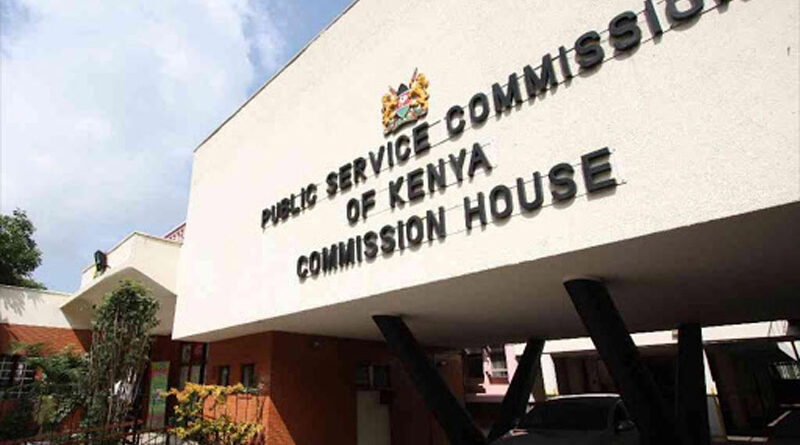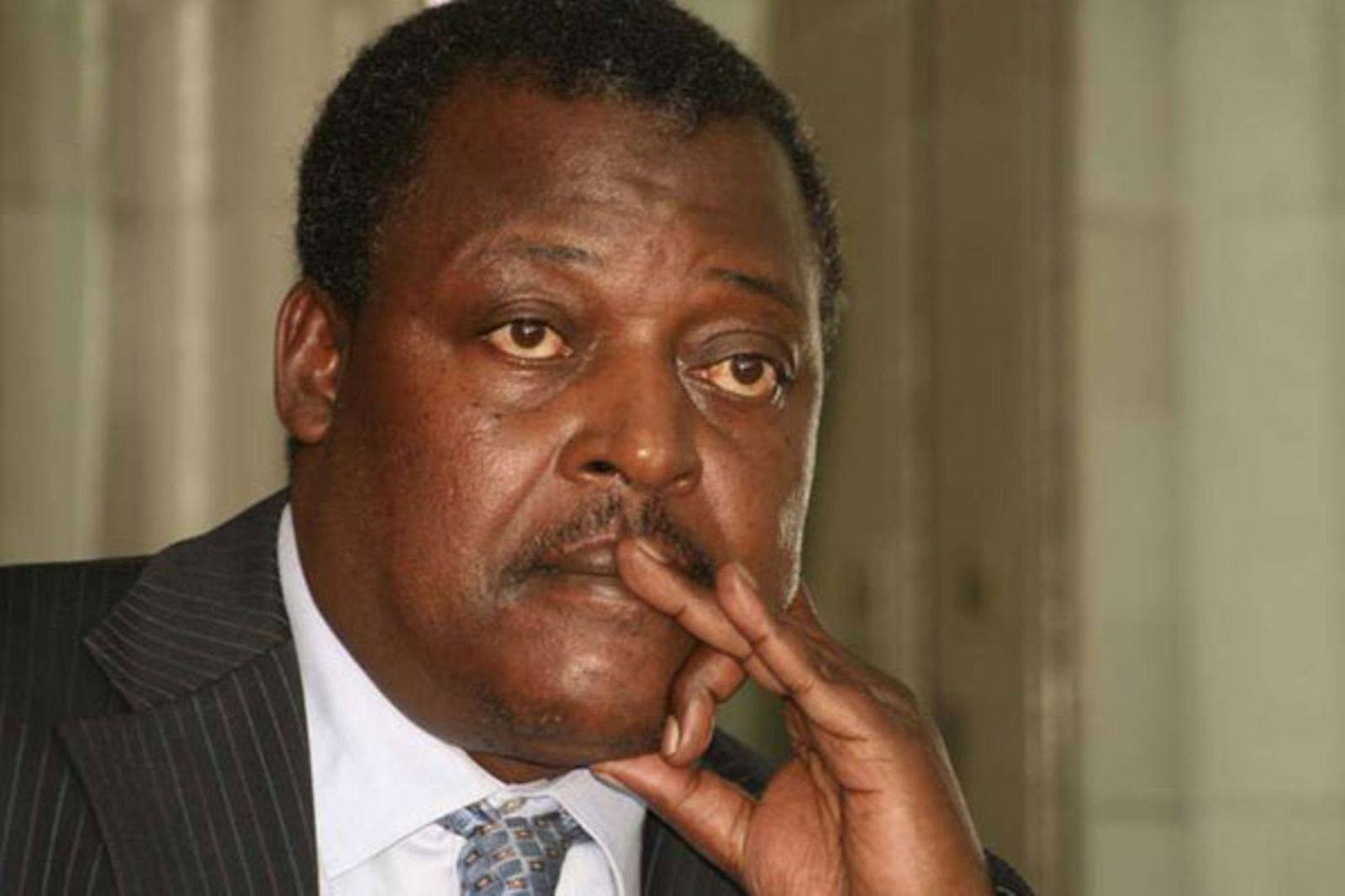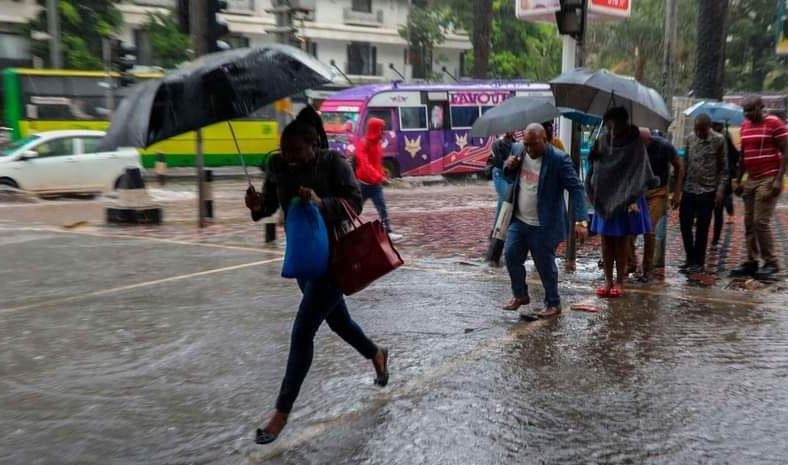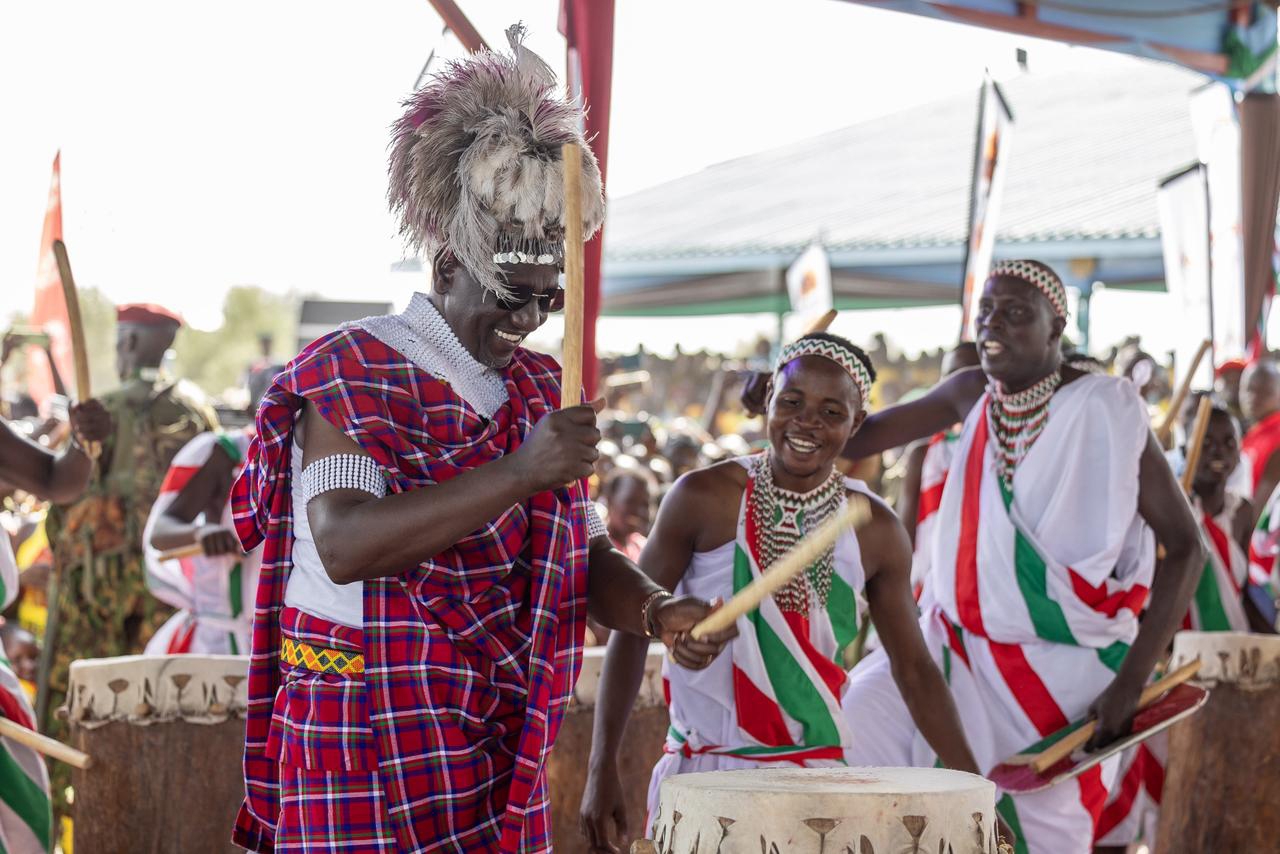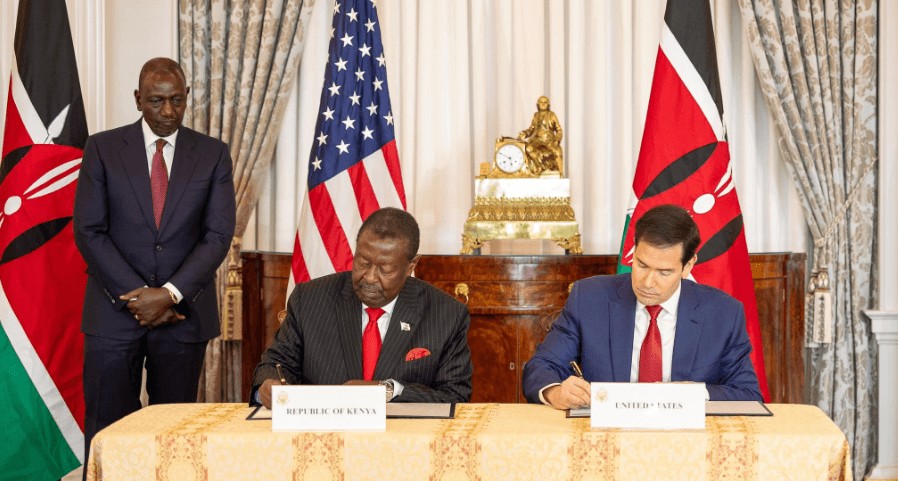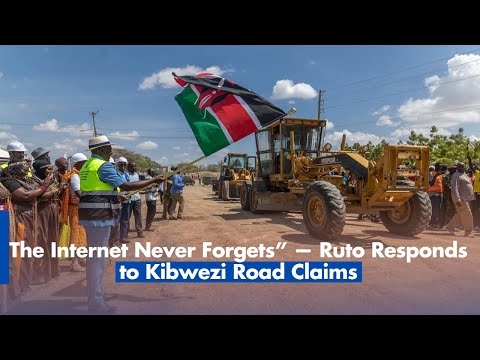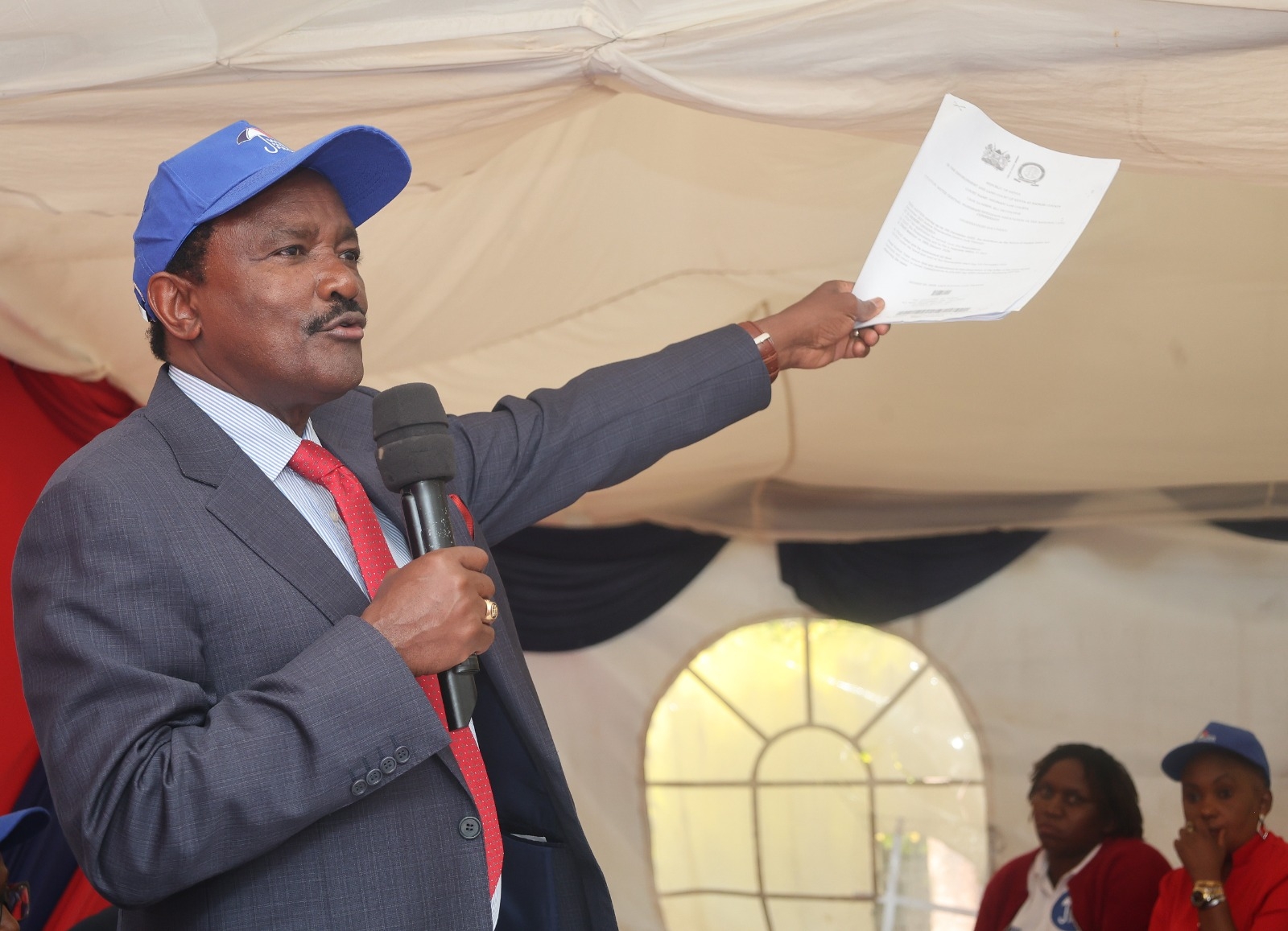King Charles III and Queen Camilla arrived Monday night in the country for the start of their four-day State Visit.
Their tour to Kenya is the first outside Europe and to a Commonwealth nation.
British High Commissioner to Kenya Neil Wigan observed, "This visit, so early in The King’s reign, demonstrates the value we place on the thriving and modern UK-Kenya partnership, which brings mutual benefits to our two nations and the wider region.”
What is the Commonwealth?
The Commonwealth of Nations was formed in 1949 to maintain an association between countries that had once been part of the British colonies, but which were considered 'free and equal.'
It brings together 56 countries spread across Africa, Asia, the Americas, Europe and the Pacific working together for prosperity, democracy and peace.
The Commonwealth is home to one-third of the world's population about 2.5 billion people and includes both advanced economies and developing countries.
In Africa, there are 21 countries, Asia (8), the Caribbean and Americas (13), Europe (3), and Pacific (11).
In 1965, the Commonwealth Secretariat which is based in Marlborough House in London was established with the aim of supporting the Commonwealth member countries to achieve development, democracy and peace.
King Charles III is the current head of the Commonwealth.
Formerly known as The Prince of Wales, he became King on the death of his mother Queen Elizabeth II on September 8, 2022.
He is the King of 15 member states, known as the Commonwealth realms, while 36 other members are republics, and five others have different monarchs.
These 15 countries are Antigua and Barbuda, Australia, The Bahamas, Belize, Canada, Grenada, Jamaica, New Zealand, Papua New Guinea, Saint Kitts and Nevis, Saint Lucia, Saint Vincent and the Grenadines, Solomon Islands, Tuvalu, and the United Kingdom.
Kenya was initially known as the British East Africa Protectorate, or British East Africa until 1920 when it was officially named Kenya.
It joined the association in 1963 and has continued to remain committed to its ideals and objectives.
Why did countries form the group Commonwealth?
The Commonwealth of Nations was formed in 1949 to maintain an association between countries that had once been part of the British colonies, but which were considered 'free and equal'.
What does it mean to be part of the Commonwealth?
Commonwealth member countries benefit from being part of a mutually supportive community of independent and sovereign states, aided by more than 80 Commonwealth organisations.
The Commonwealth Secretariat supports Commonwealth member countries to achieve development, democracy and peace.
It also helps to strengthen governance, build inclusive institutions and promote justice and human rights.
“Our work helps to grow economies and boost trade, empower young people, and address threats such as climate change, debt and inequality,” a brief on its website reads.
Additionally, it provides training and technical assistance and supports decision-makers in drawing up legislation and delivering policies as well as deploys experts and observers who offer impartial advice and solutions to national problems.
At Commonwealth summits where government leaders meet, their decisions have an enduring impact on its citizens.
“Our work supports the United Nations Sustainable Development Goals and the Paris Agreement on Climate Change,” it further states.
Ghana became a member in 1957 making it one of the first of many African countries to join the Commonwealth as independent nations in the 1950s and 1960s.
In 1961 South Africa left the Commonwealth because of its policy of segregating white and black people.
It, however, returned in 1994 as a multi-racial and democratic country, under the leadership of Nelson Mandela.
Ireland and Zimbabwe are the only republic states to have withdrawn from the Commonwealth entirely in 1948 and 2003 respectively.’
Pakistan was suspended after a military coup in 1999 and was re-admitted four-and-a-half years later.


